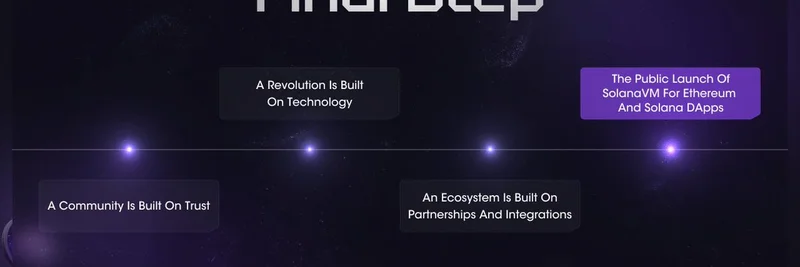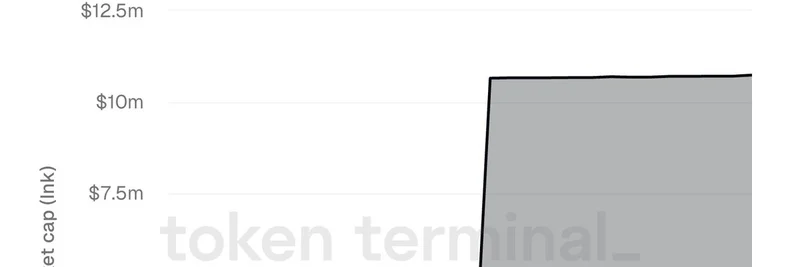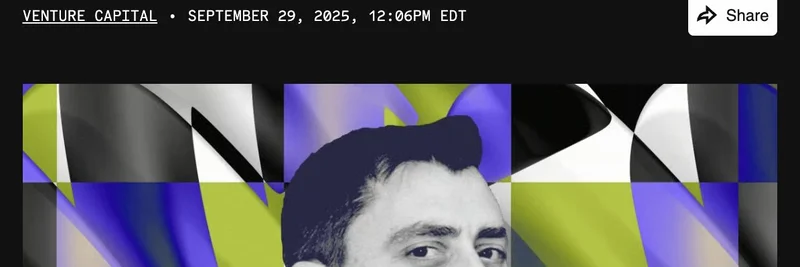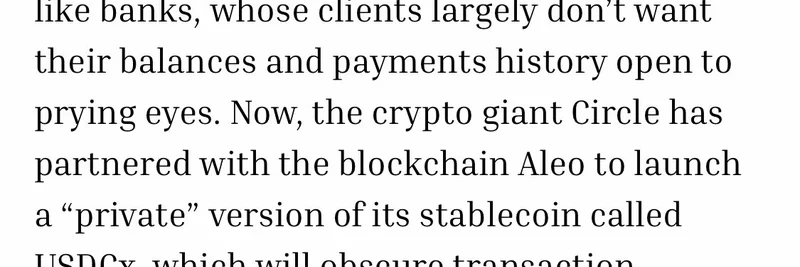In the fast-paced world of crypto, it's easy to get caught up in the latest hype around meme tokens and viral projects. But sometimes, a simple tweet can remind us of the intellectual foundations that make it all possible. Recently, Matt Taylor, co-founder of Colosseum and a former contributor to Solana, shared a thought-provoking post on X (formerly Twitter): "Pretty insane that 3 core ideas finding PMF in crypto can all be traced back to 1 person's work, @robinhanson. 1. AMMs (Uniswap, prop AMMs, etc.) 2. Prediction Markets (Polymarket, Kalshi, etc.) 3. Futarchy (MetaDAO)."
If you're scratching your head wondering what PMF means, it's short for Product-Market Fit – that magical moment when an idea truly resonates with users and takes off. And Taylor's right; these three concepts have indeed found massive success in crypto, all stemming from the mind of economist Robin Hanson, a professor at George Mason University known for his forward-thinking work on markets and governance. Let's break down each one, explain where they came from, and see how they're shaking up the meme token scene and beyond.
The Birth of Automated Market Makers (AMMs)
Automated Market Makers, or AMMs, are the backbone of decentralized exchanges (DEXes) in crypto. Think of them as robotic traders that provide liquidity without needing a traditional order book. Instead of matching buyers and sellers directly, AMMs use mathematical formulas to set prices and execute trades automatically.
Hanson pioneered this with his Logarithmic Market Scoring Rule (LMSR) back in 2003, originally designed for prediction markets. LMSR acts as an automated liquidity provider, adjusting prices based on trades to keep the market balanced. This idea laid the groundwork for modern AMMs in crypto. For instance, Uniswap, one of the most popular DEXes, uses a constant product formula inspired by similar principles, allowing anyone to swap tokens seamlessly.
In the meme token world, AMMs are a game-changer. They enable quick launches and trading of viral tokens like Dogecoin derivatives or Solana-based memes without relying on centralized exchanges. Without AMMs, the explosive growth of meme coins – where liquidity can surge overnight – simply wouldn't be possible. Projects like proprietary AMMs (or "prop AMMs") build on this by customizing the tech for specific use cases, further fueling innovation.
Prediction Markets: Betting on the Future
Next up are prediction markets, platforms where people bet on real-world outcomes, from election results to sports scores. These aren't just gambling sites; they're crowdsourced forecasting tools that aggregate collective wisdom to predict events more accurately than polls or experts.
Robin Hanson has been a key figure in this space since the 1990s, advocating for "idea futures" or speculative markets to improve decision-making. His work emphasized how markets incentivize honest predictions because participants put money on the line.
In crypto, this has exploded with platforms like Polymarket and Kalshi, which use blockchain for transparent, tamper-proof betting. Polymarket, in particular, has gained traction for political events and crypto trends, often outperforming traditional forecasters.
For meme token enthusiasts, prediction markets offer exciting opportunities. You could bet on whether a new meme coin will hit a certain market cap or if a celebrity endorsement will pump its price. This not only adds fun but also provides real insights into market sentiment, helping traders navigate the volatile meme landscape.
Futarchy: Governance Through Markets
Finally, futarchy – a portmanteau of "future" and "anarchy" – is Hanson's most radical idea, proposed in the early 2000s. It's a governance system where values are voted on democratically, but policies are chosen based on prediction markets betting on their outcomes. In essence: "Vote on values, bet on beliefs."
This flips traditional decision-making on its head by using market incentives to select the best paths forward. Hanson's vision was to apply it to governments or organizations for more efficient, evidence-based choices.
Crypto is bringing futarchy to life with projects like MetaDAO, built on Solana, which uses prediction markets to guide DAO decisions. It's early days, but the potential is huge for decentralized communities.
In the realm of meme tokens, futarchy could revolutionize DAO governance. Many meme projects have community treasuries or decisions on token burns and airdrops. Instead of messy votes prone to manipulation, futarchy lets markets predict which choices will boost the token's value, aligning incentives and reducing drama.
Why This Matters for Meme Tokens and Crypto's Future
Tying it all back, Robin Hanson's ideas aren't just academic – they're powering the tools that make crypto, including meme tokens, accessible and dynamic. From effortless trading via AMMs to smarter governance with futarchy, these concepts help blockchain practitioners build resilient projects. As meme tokens continue to capture mainstream attention, understanding these roots can give you an edge in spotting the next big thing.
If you're diving into meme tokens, keep an eye on how these innovations evolve. Who knows? The next viral hit might be governed by a futarchy DAO or traded on an advanced AMM. For more insights on meme token trends and crypto tech, stick around at Meme Insider.
Check out the original tweet here and follow Robin Hanson for more mind-bending ideas.




